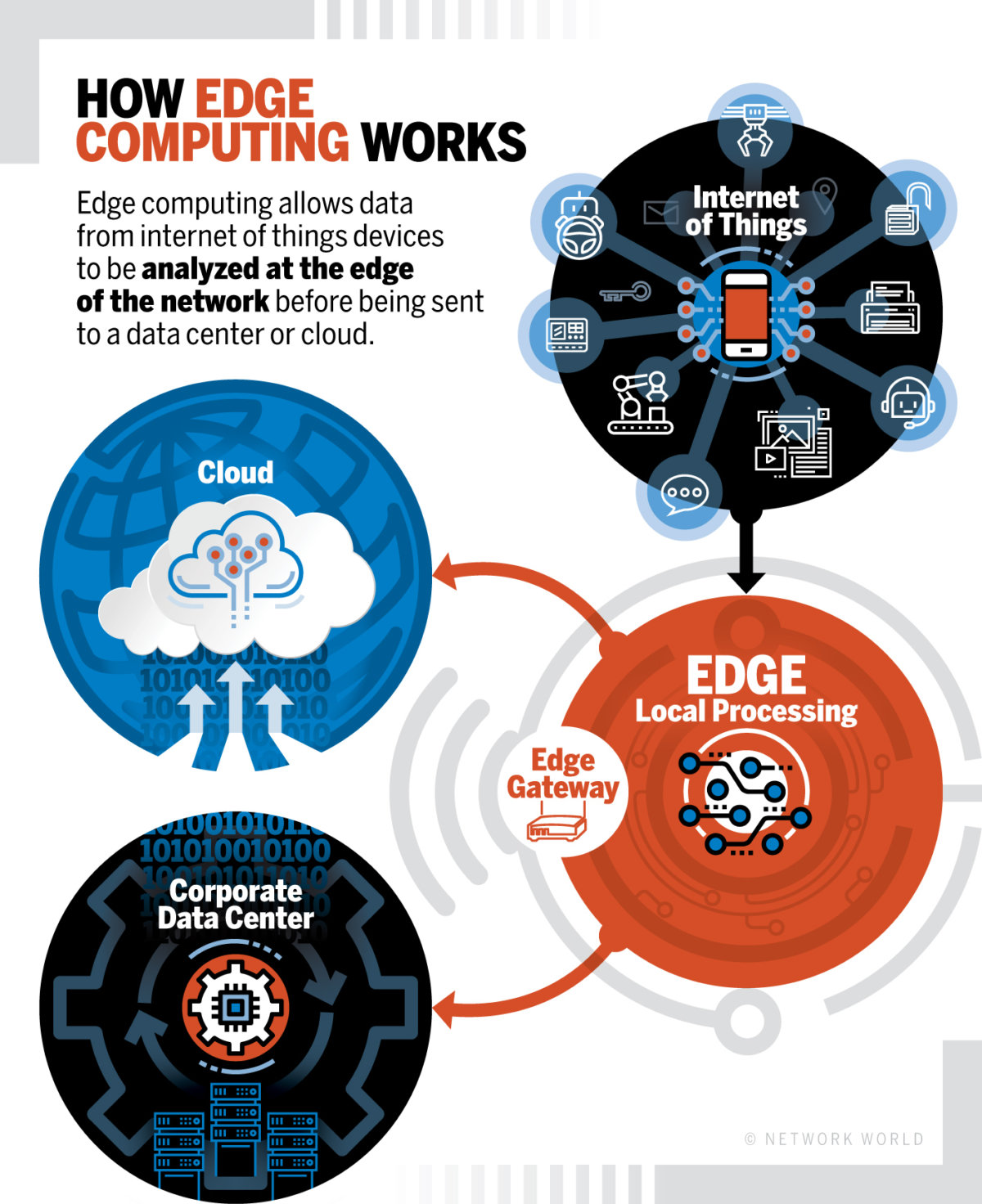|
Wearable technology has emerged as a groundbreaking innovation, reshaping the relationship between humans and technology. From smartwatches to fitness trackers and augmented reality glasses, these wearable devices have become an integral part of our lives, enhancing our productivity, health monitoring, and overall well-being. One of the most popular forms of wearable technology is the smartwatch. These wrist-worn devices not only tell time but also provide a range of functionalities such as fitness tracking, notifications, and even mobile payments. With built-in sensors, smartwatches can monitor heart rate, track sleep patterns, and count steps, empowering users to take control of their health and fitness goals. They have revolutionized the way we interact with our smartphones, allowing us to stay connected without constantly reaching for our devices. Fitness trackers, another category of wearables, have become ubiquitous among health-conscious individuals. These compact devices can accurately measure physical activities like steps taken, distance traveled, and calories burned. By providing real-time feedback, fitness trackers motivate users to stay active, helping them achieve their fitness objectives. Additionally, many fitness trackers offer sleep analysis, enabling users to improve their sleep quality and establish healthier habits. Another exciting development in the field of wearable technology is augmented reality (AR) glasses. These innovative devices overlay digital information onto the real world, immersing users in a unique and interactive experience. AR glasses have the potential to revolutionize industries ranging from gaming and entertainment to healthcare and education. For instance, they can provide surgeons with real-time guidance during complex procedures or deliver immersive educational content to students. Beyond personal use, wearable technology has found applications in various professional fields. In industries like manufacturing and logistics, workers can utilize wearable devices to enhance productivity and safety. For example, smart helmets equipped with cameras and sensors can provide workers with hands-free access to vital information and real-time data, improving efficiency and reducing the risk of accidents. The future of wearable technology looks promising, with ongoing advancements in areas like flexible displays, biometric sensors, and smart fabrics. As these technologies continue to evolve, wearables will become even more seamlessly integrated into our daily lives. They will not only provide us with valuable insights about ourselves but also enable us to interact with our surroundings in new and exciting ways. However, alongside the numerous benefits, it is crucial to address privacy and security concerns associated with wearable technology. As wearables collect and transmit personal data, ensuring robust data protection measures becomes paramount. Striking a balance between convenience and safeguarding user privacy will be pivotal in fostering widespread adoption and trust in wearable devices. In conclusion, wearable technology has transformed the way we interact with the world around us. From smartwatches and fitness trackers to AR glasses, these devices have become indispensable companions in our quest for improved health, productivity, and connectivity. With continuous innovation and a focus on privacy and security, wearable technology holds the potential to shape a future where humans and technology seamlessly coexist, enhancing our lives in remarkable ways.  |
